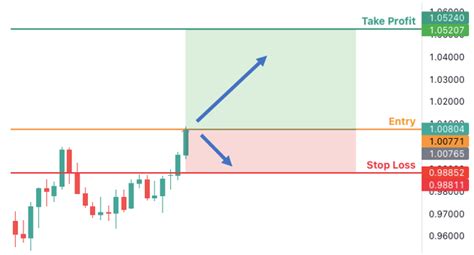The Role of AI in Preventing Cryptocurrency Scams
The rapid growth and widespread adoption of cryptocurrencies have made them a prime target for scammers and hackers. As the number of cryptocurrency transactions continues to rise, so does the threat of scams and identity theft. Artificial intelligence (AI) has emerged as a crucial tool in the fight against these cybercrimes, providing a robust framework for detecting and preventing cryptocurrency scams.
The Problem: Cryptocurrency Scams
Cryptocurrency scams can take many forms, including phishing attacks, fake investment schemes, and stolen wallet hacking. These scams often involve sophisticated techniques to deceive victims into divulging sensitive information or sending funds to the scammer. For instance, a phishing attack might instruct users to transfer their cryptocurrency to an account that appears legitimate but is actually controlled by the scammer.
AI-powered Solutions: Identifying and Preventing Scams
Artificial intelligence has become the backbone of many anti-scam solutions, leveraging machine learning algorithms to analyze patterns and detect suspicious activity in real-time. Some key features of AI-powered anti-scam systems include:
- Machine Learning (ML) Algorithms: ML algorithms can identify complex patterns in large datasets, enabling them to detect subtle anomalies that might indicate a scam.
- Natural Language Processing (NLP): NLP enables AI systems to analyze text-based communications and identify language patterns indicative of scams.
- Behavioral Analysis
: This involves analyzing the behavior of users over time to identify trends and anomalies that could be indicative of a scam.
Examples of AI-powered Anti-Scam Solutions
Several companies have developed AI-powered anti-scam solutions, including:
- Coincheck (Japan): In 2018, Coincheck was hit by a massive hack that resulted in the loss of approximately 523 million NEM tokens, valued at around $530 million.
- Kraken (US-based cryptocurrency exchange): Kraken has implemented an AI-powered anti-scam system to detect and prevent phishing attacks and other malicious activity on their platform.
- CryptoSlate: CryptoSlate is a cryptocurrency news outlet that uses AI-powered content analysis to identify fake or misleading articles, reducing the risk of misinformation spreading.
Benefits of AI in Preventing Cryptocurrency Scams
The benefits of using AI in preventing cryptocurrency scams are numerous:
- Increased Accuracy: AI-powered anti-scam systems can analyze large datasets and detect patterns more accurately than human analysts.
- Improved Speed: Machine learning algorithms enable faster response times, allowing users to take action before a scam is executed.
- Enhanced User Experience: By detecting potential scams in real-time, users are less likely to fall victim to phishing attacks or other malicious activity.
Challenges and Limitations
While AI-powered anti-scam solutions have shown promise, there are still several challenges and limitations to consider:
- Data Quality

: The quality of the data used to train AI models is crucial in identifying effective anti-scam systems.
- Evolving Threat Landscape: As new scams emerge, AI-powered anti-scam systems must continually update their algorithms to stay ahead of evolving threats.
- Regulatory Frameworks: Existing regulatory frameworks may not provide clear guidelines for the use of AI in preventing cryptocurrency scams.
Conclusion
Artificial intelligence has emerged as a critical component in the prevention and detection of cryptocurrency scams. By leveraging machine learning, NLP, and behavioral analysis, anti-scam solutions can effectively identify and prevent malicious activity, reducing the risk of cybercrime and protecting users’ assets.



